Fussa, located in the western reaches of Tokyo city, is a city that is more well known to Westerners for the US air base situated in the Yokota area; however, Ishikawa Shuzo, makers of the Tama no Megumi range of beer, has a much longer history and connection with the Tama area. They have been craft beer since 1998, when the current head of the Ishikawa family, Yahachiro Ishikawa, decided to make the move into craft beer production after seeing sales of sake fall year upon year.
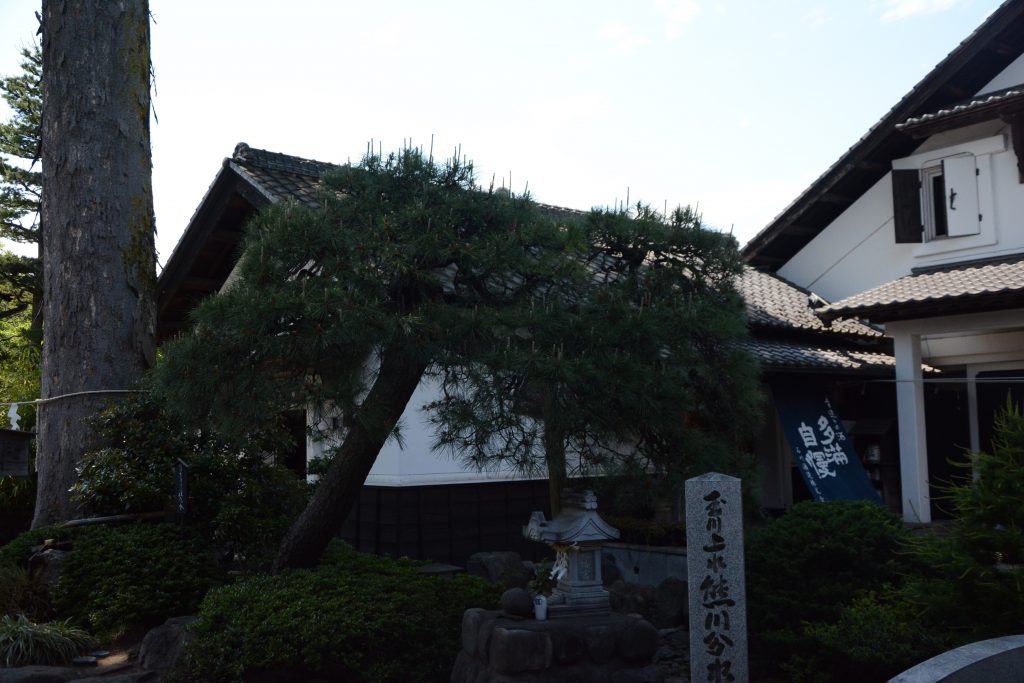 Ishikawa Shuzo, located a 15-minute walk from Haijima station, has been around for 18 generations, extending back into the 17th century, and has had close connections with the area ever since. The family business has changed throughout history from catching local ayu, or sweetfish, in the local tama river and then moving to lime production from the local area before moving on to sake in 1863, or nihonshu, which was the the mainstay of the family’s income until 1998, though that was not the first dalliance with beer making from Ishikawa Shuzo.
Ishikawa Shuzo, located a 15-minute walk from Haijima station, has been around for 18 generations, extending back into the 17th century, and has had close connections with the area ever since. The family business has changed throughout history from catching local ayu, or sweetfish, in the local tama river and then moving to lime production from the local area before moving on to sake in 1863, or nihonshu, which was the the mainstay of the family’s income until 1998, though that was not the first dalliance with beer making from Ishikawa Shuzo.
Along with other breweries, Ishikawa Shuzo first started making beer in 1888 using traditional German brewing techniques. Their first beer was called JAPAN Beer and was sold in the surrounding Tokyo and Yokohama area. At first, the company was about to produce 54kL of beer annually. Though encouraged, the beer industry struggled due to a lack of crowning, the process of placing the lids on bottles. As a result, Ishikawa Shuzo withdrew from beer manufacturing by selling all of their beer making equipment in 1890 and concentrated on sake distillation.
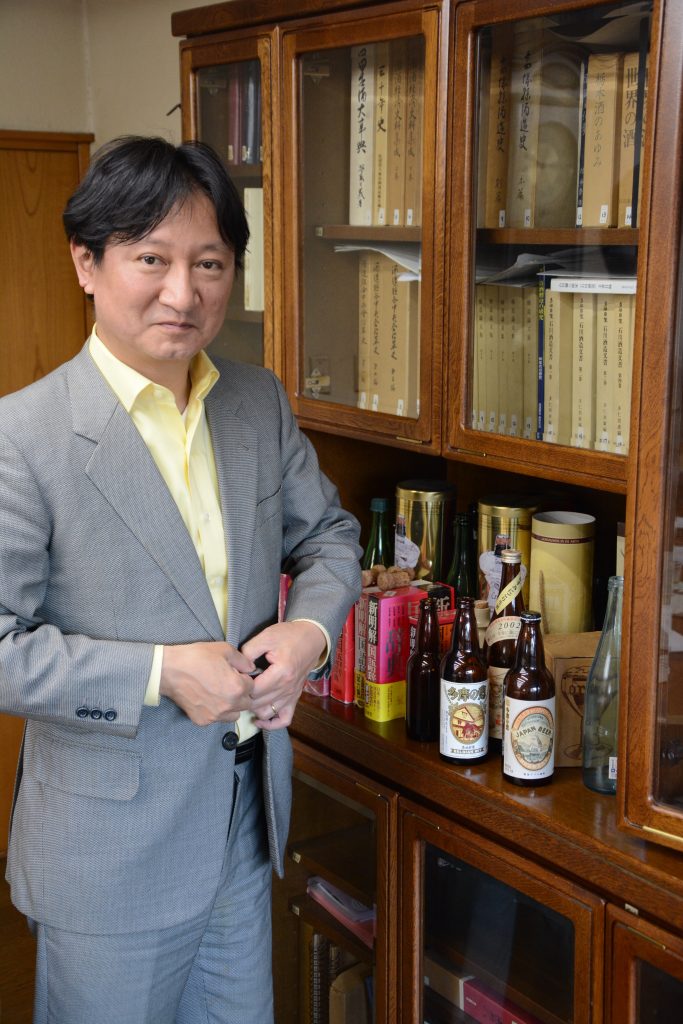
Yahachiro Ishikawa, or Yahachiro-san as he preferred to be called.
Sales of sake at Ishikawa Shuzo began to fall from 1970, from a peak level of 100kL a year to about 60kL annually around the early 90s. Yahachiro-san became head and then decided to move the company back into beer production and bought new equipment from Germany and installing it onsite. Ishikawa Shuzo continue to use much of that same equipment now and still uses locally sourced water and ingredient where possible.


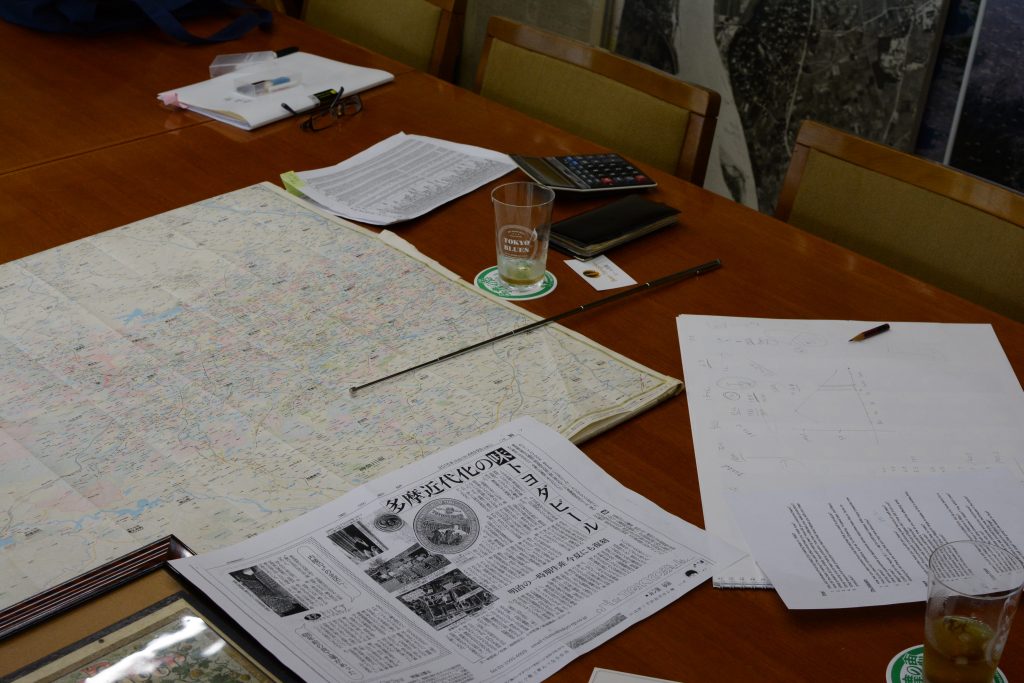 One of the most prepared interviews we’ve been to. Plenty of notes and detail. Could have made another three interview articles.
One of the most prepared interviews we’ve been to. Plenty of notes and detail. Could have made another three interview articles.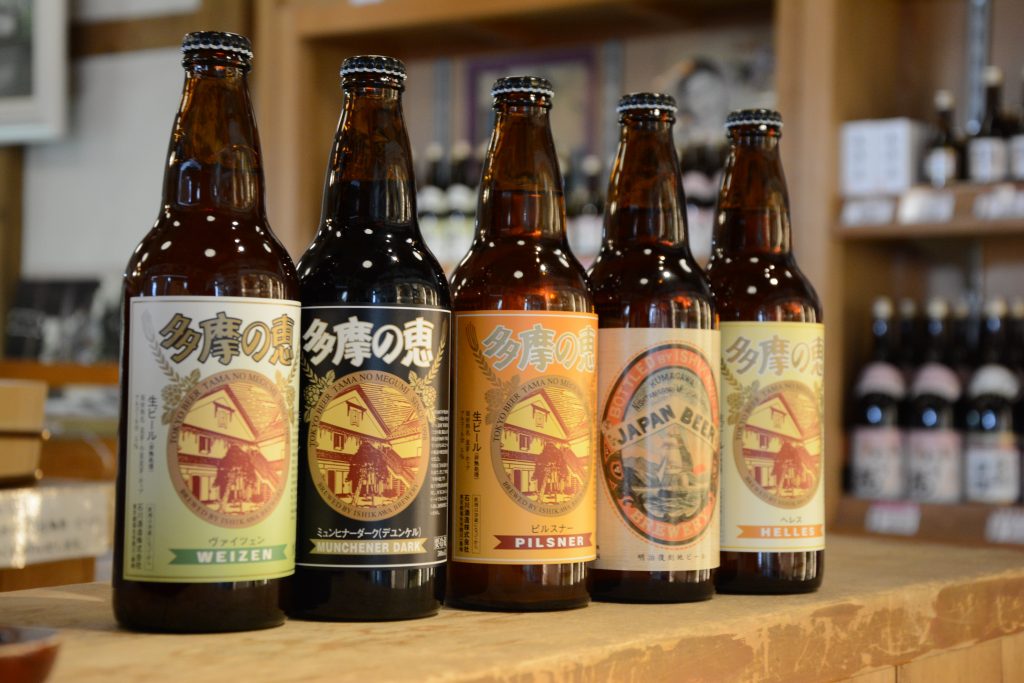
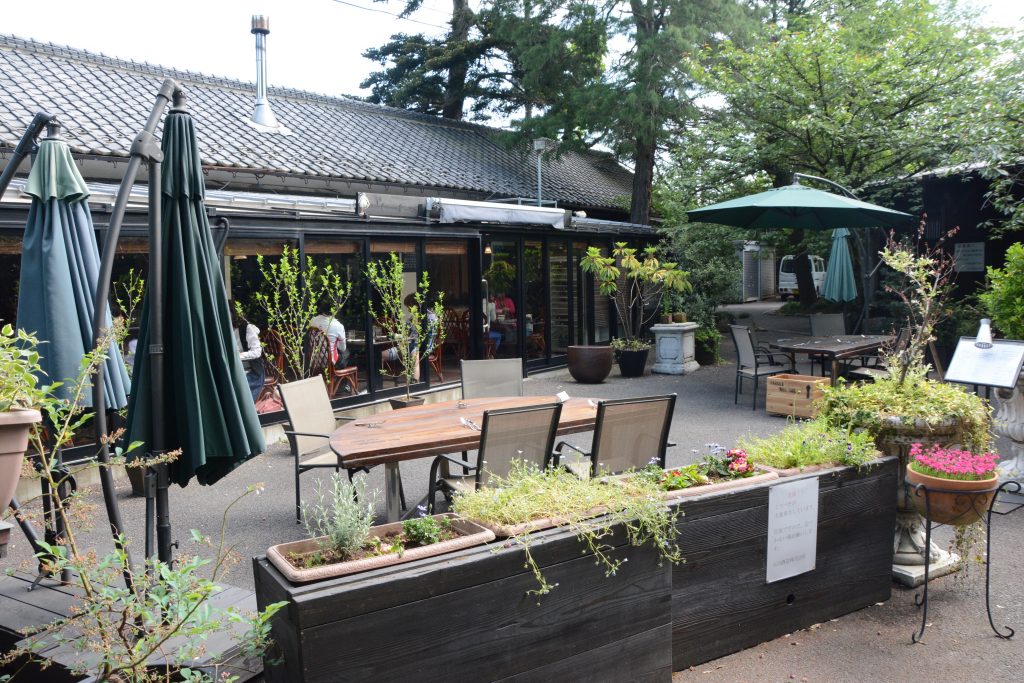
3 comments
I miss the old soba place with the outside seating, so you could admire the old place. they seem to have modernised and westernised it to some sad extent, losing the magic it once had. still an interesting place but half of that character has been replace wiht western style pizza, for chirssakes. the soba place is ok but now its all inside and i miss the old style.being popular wiht american service members is perhaps one reason to add that crappy pizza restaurant that has no character and doesnt really belong there, imo. a 400yr old sake makers wiht a beautiful japanese graden, long history and smaklc bang in the middle italian pasta and pizza?
The gardens were indeed beautiful and it’s a lovely site but you’re right, it has lost some charm with the pizza and italian but I guess sites need to modernise. Look at Kumazawa Shuzo with their Italian and sausages shop now. The only different there I guess is the architecture being different.
I’ve seen them at Ito Yokado grocery stores. I found Ishikawa Shuzo to be charming and well worth visiting.